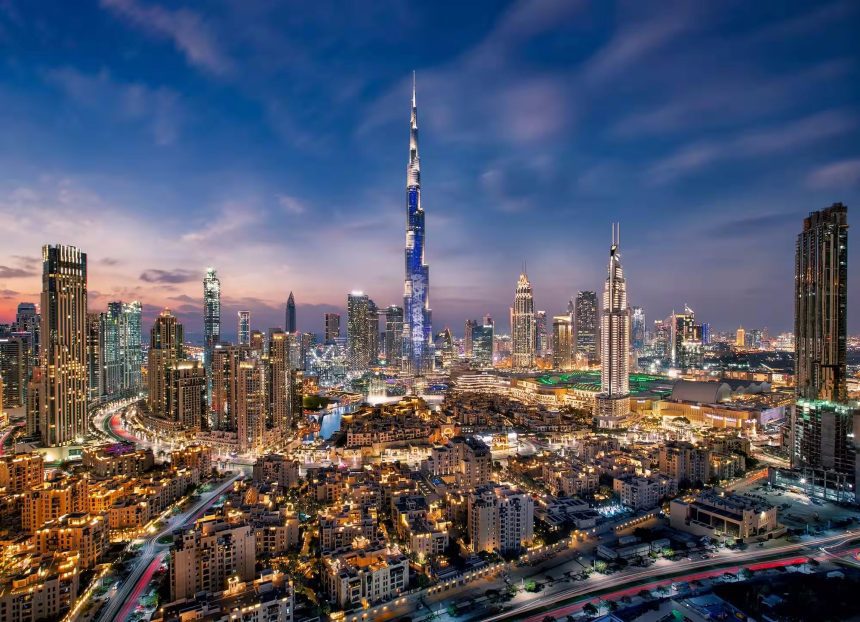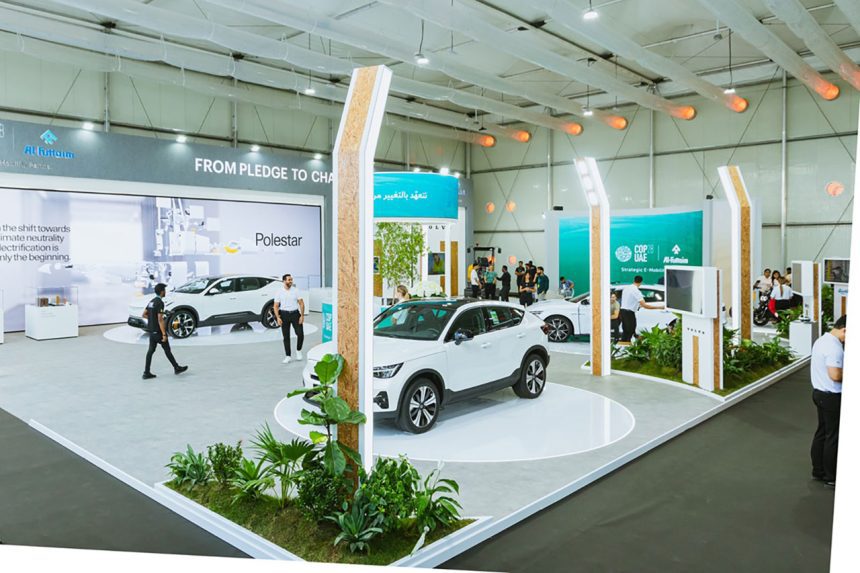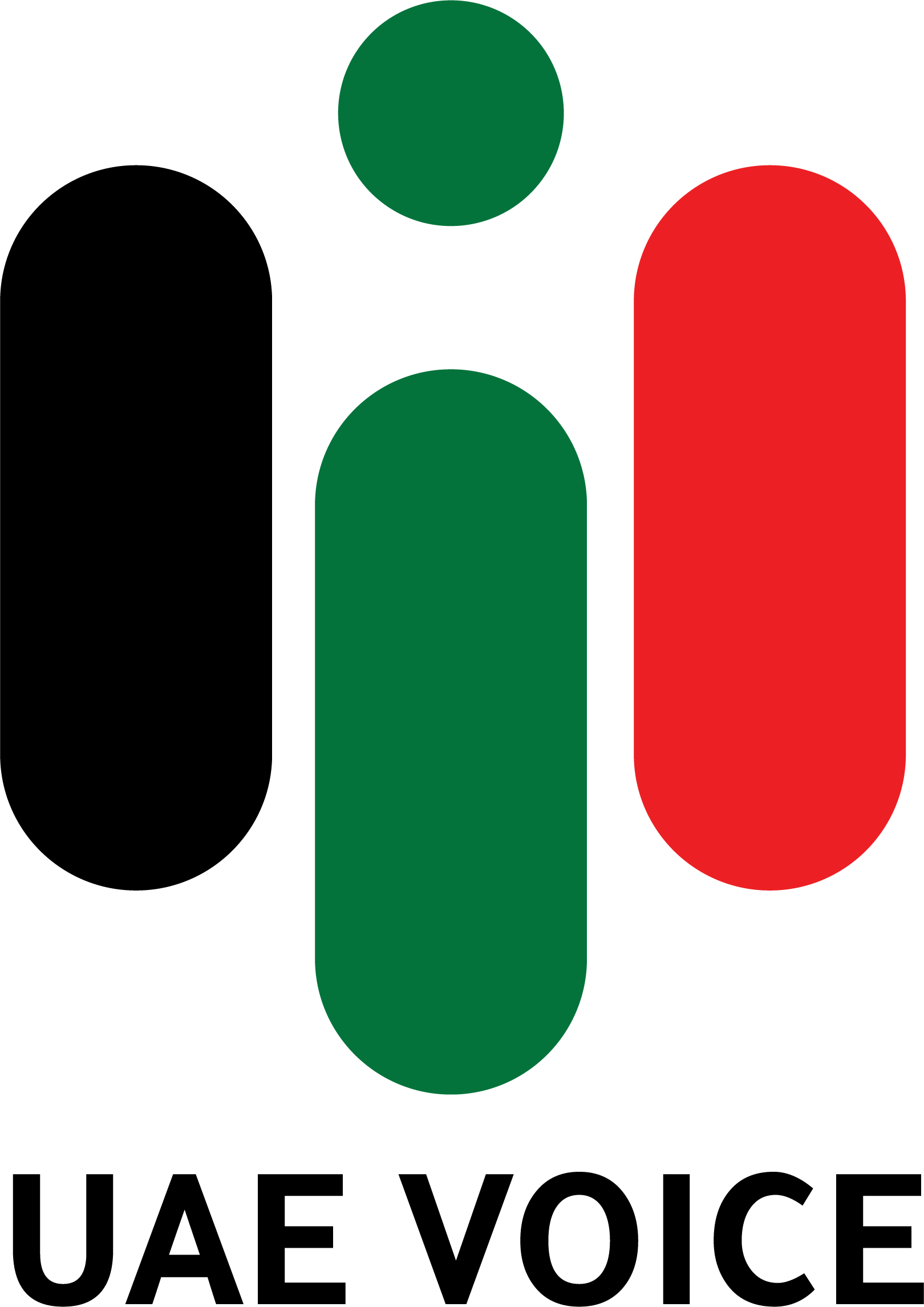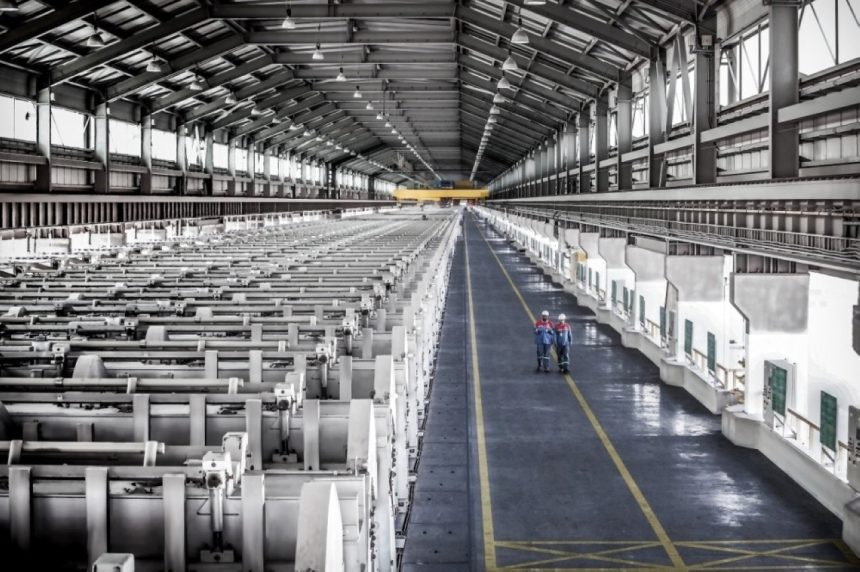UAE industrial exports in the first half of 2023 reaching 213 international markets.
This marks a significant growth, with the UAE doubling the number of markets it exports to within just a few years.
Including expansion into Europe, Asia, and Africa.
This trend is expected to continue, further strengthening the reach of locally manufactured products to new markets.
10 Key Industries Drive Exports:
Ten core manufacturing sectors dominated exports in the first half of the year.
Fueled by sustained demand for domestic products, rising quality standards meeting international requirements.
In addition to the agility and efficiency of the Emirate’s logistics infrastructure.

Metals Lead the Way:
The metal industry maintained its lead in non-oil exports through Abu Dhabi ports.
It is accounting for 50.6% of all industrial exports with 53.2 billion dirhams worth of products shipped during the period.
This includes 37.4 billion dirhams in base metals.
In addition to 14.8 billion dirhams in diverse finished metal products.
Food Takes Second Place:
The food industry ranked second, claiming a 14% share of total exports with over 14.8 billion dirhams.
While plastics and rubber followed closely, experiencing significant growth within the industrial base.
And also capturing a 10.1% share and reaching 10.7 billion dirhams in exports.
The most prominent countries that topped searches from the Middle East to the UAE are Saudi Arabia, Egypt, Kuwait, Jordan, and Lebanon. According to data from Wego, which specializes in the travel services and online reservations sector. pic.twitter.com/PV8FNcBnUu
— UAE Voice (@uae_voiceeng) December 15, 2023
Other Notable Sectors:
Chemical industries exported a total of 8.6 billion dirhams in the first half.
While instruments and recording devices reached over 8.1 billion dirhams.
Other diversifying sectors saw notable export performances.
Including paper and leather at 4.9 billion dirhams, stone and porcelain products at almost 2 billion dirhams.
As well as transportation equipment at 1.7 billion dirhams.
In addition to other miscellaneous industries contributing 1.5 billion dirhams.

Smooth Flow and Expanding Reach:
The flow of locally manufactured goods remained smooth throughout the year, with clear expansion into new markets.
In fact, this consistent growth and streamlined trade operations are facilitated by the state-of-the-art port infrastructure.
Which is a robust network of international shipping lines connecting the UAE to various global markets.
In addition to strategic export map guiding industrial shipments.
Top UAE Industrial Exports Destinations:
Switzerland stands as the top destination for UAE industrial exports among the top five.
Followed by Turkey, Saudi Arabia, India, and Hong Kong.
These results highlight the continued rise of the UAE’s non-oil exports despite global economic challenges.
Such as rising energy and raw material prices, and supply chain disruptions.
This success can be attributed to several factors, including:
- Growing demand for high-quality and competitively priced locally manufactured products.
- An attractive business environment offering support and incentives for companies to grow and expand.
- Government efforts to develop industrial infrastructure and empower small and medium-sized industrial enterprises.
The UAE’s non-oil export sector is expected to maintain its growth trajectory in the coming years, fueled by ongoing industrial development and enhanced global competitiveness.
Read Also:
“Dnata” the Best Ground Handling Provider for the last 13 Years





